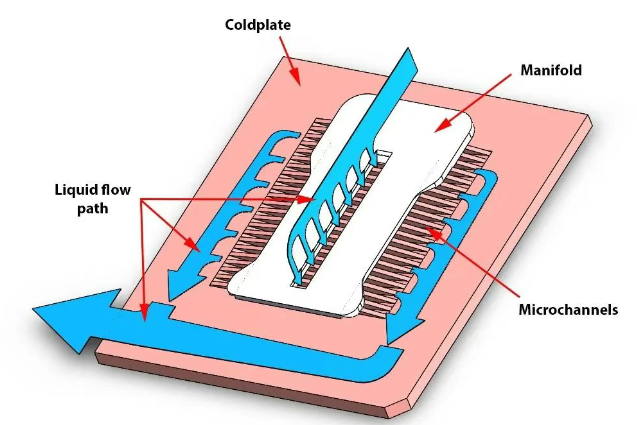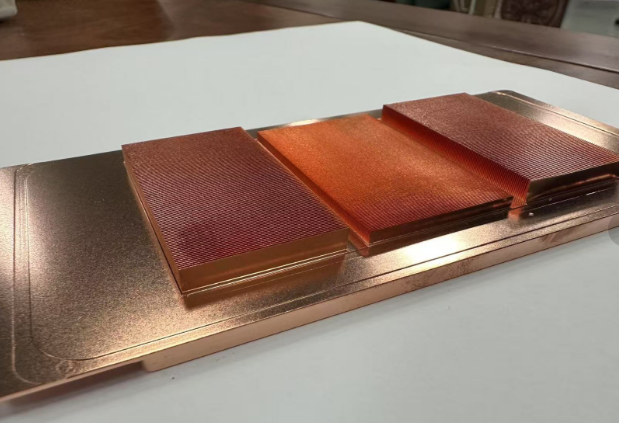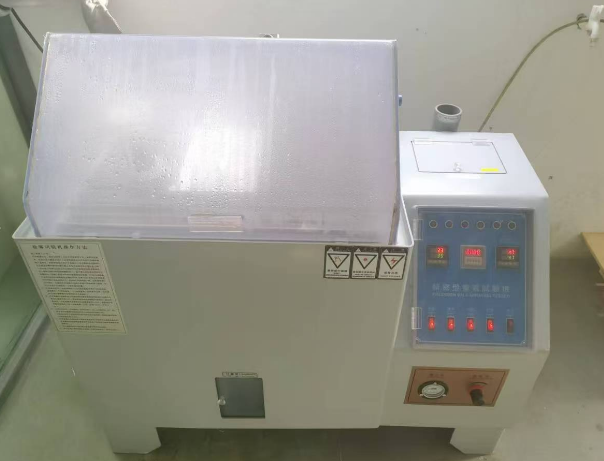With the rapid development of the electric vehicle industry, the use of pure electric vehicles has become increasingly common. During the normal operation of a car, lithium batteries generate a lot of heat. To ensure the safe operation of lithium batteries, it is necessary to carry out thermal management on the lithium batteries of electric vehicles.
The commonly used air cooling and liquid cooling technologies currently have poor temperature control effects, complex pipelines, and increased power consumption. By analyzing the main reasons for the generation of heat sources in pure electric vehicle lithium batteries and using a heat generation model to analyze the heat generation during vehicle operation, this paper summarizes the thermal management methods for lithium batteries using air cooling, liquid cooling, heat pipe cooling, phase change material cooling, and composite cooling methods
The liquid cold plate method transfers heat through the flow of liquid media. Compared to air-cooled systems, it has a higher heat transfer coefficient and faster cooling speed, but it requires higher production costs and sealing requirements, which is not conducive to lightweight design. Electric vehicles such as BYD, Geely Emgrand, and Tesla all use liquid cooling for thermal management of their batteries.
CTP3 released by CATL The Kirin battery is equipped with a water-cooled plate placed between the large faces of the battery cells, greatly improving the heat exchange efficiency of the cells. The following will analyze the research results of liquid cooling methods. TANG et al. used a microchannel flat tube liquid cooling method based on a 15 ° gradient surface contact angle, which can control the temperature within 35 ° C and the temperature difference within 2 ° C at a discharge rate of 2C Within 58 ℃.
WANG et al. used a multi-objective genetic algorithm to optimize the snake shaped channel and water flow velocity parameters, resulting in a maximum temperature of 311 for the battery module 2K dropped to 308 6K, maximum pressure from 578 9Pa dropped to 502 0Pa, with an average temperature of 308 7K dropped to 306 0K, with good temperature control effect.
For the cooling plate of the battery, we usually use the Stirring Friction Welding process or profile technology to achieve the exchange of coolant. That is, the cold zone liquid, under the action of the flow channel, takes away the heat generated by the battery on the cold plate, and then dissipates the heat into the air through a compressor or chiller.

Temperature is a key factor affecting the performance of lithium-ion batteries in electric vehicles, and efficient thermal management of lithium-ion batteries is of great significance for the development of pure electric vehicles. At present, air cooling and liquid cooling are the most widely used in the market. The thermal management of composite phase change materials is still under experimental research due to its late start. It has high latent heat and excellent temperature uniformity, which can achieve zero energy consumption thermal management.
However, the thermal management of a single composite phase change material still needs to be improved in terms of thermal conductivity, temperature control performance, leakage prevention, flame retardancy, and other aspects. With the increasing trend of overall performance of pure electric vehicles, a single thermal management method is difficult to meet the demand.
Combining multiple cooling methods can complement each other’s strengths and fully leverage thermal management performance, which is the future development trend of thermal management methods. During the research process, it is necessary to conduct comprehensive testing of the battery thermal management system, as well as the safety and stability of the thermal management system, to ensure its economic viability and suitability for large-scale production.




